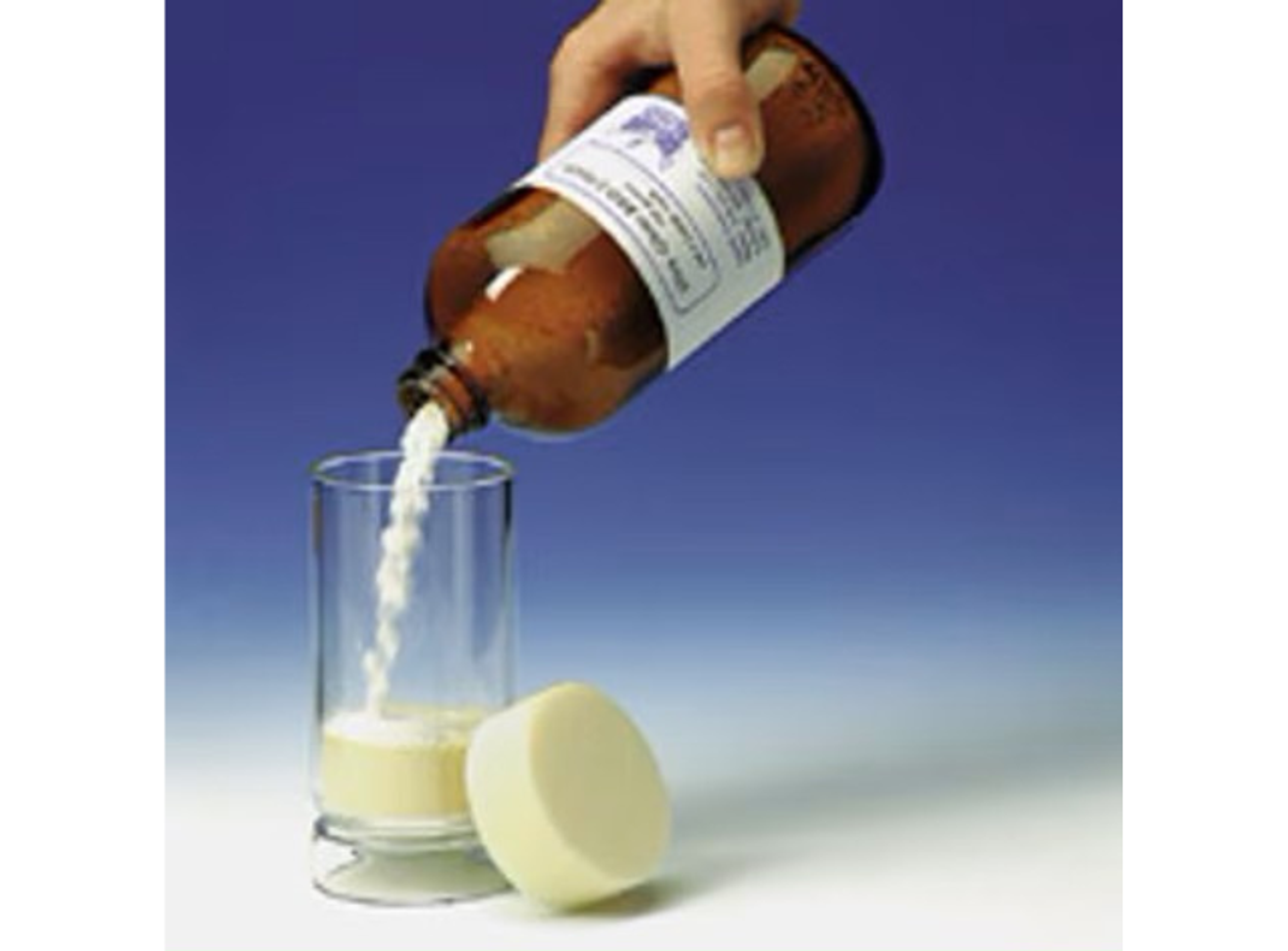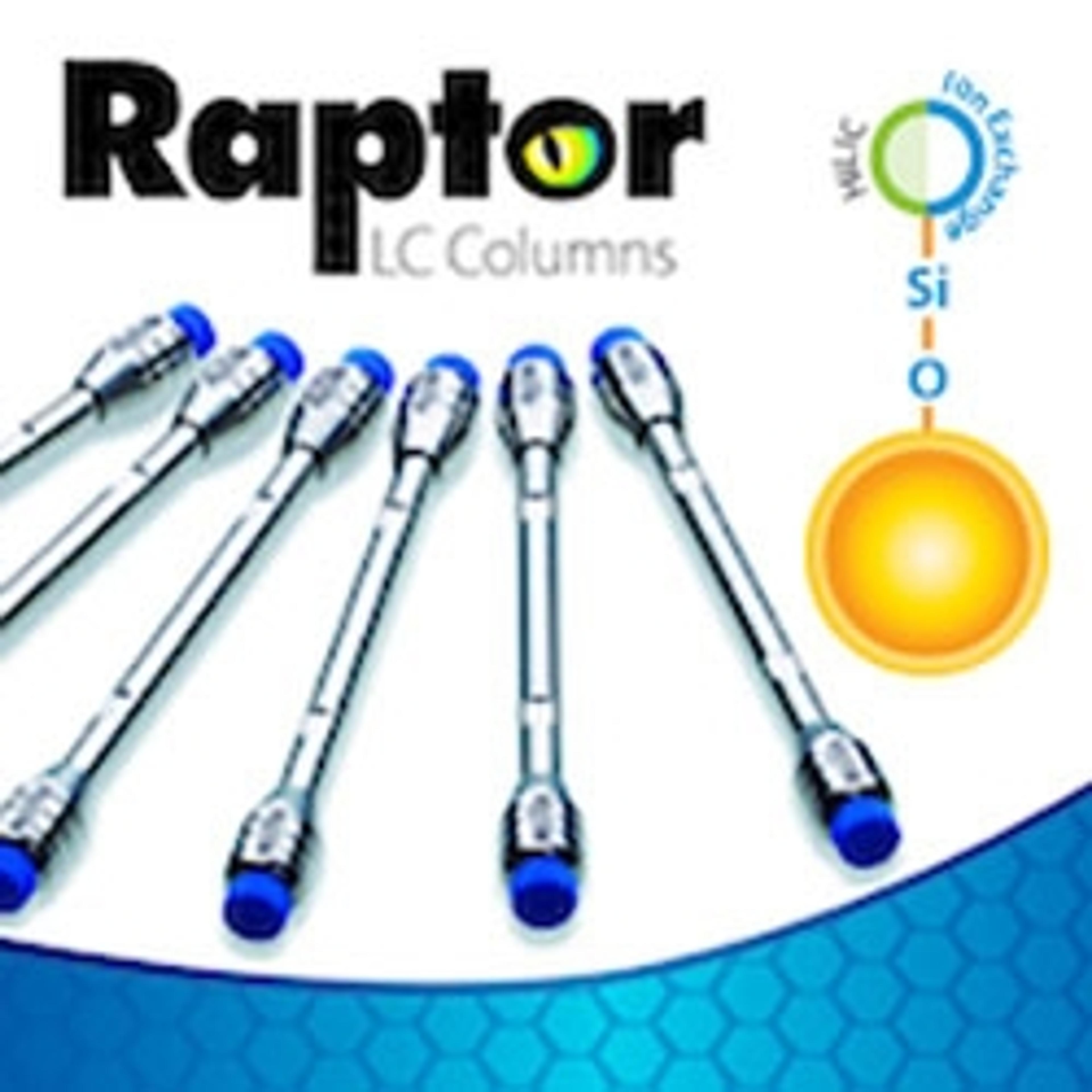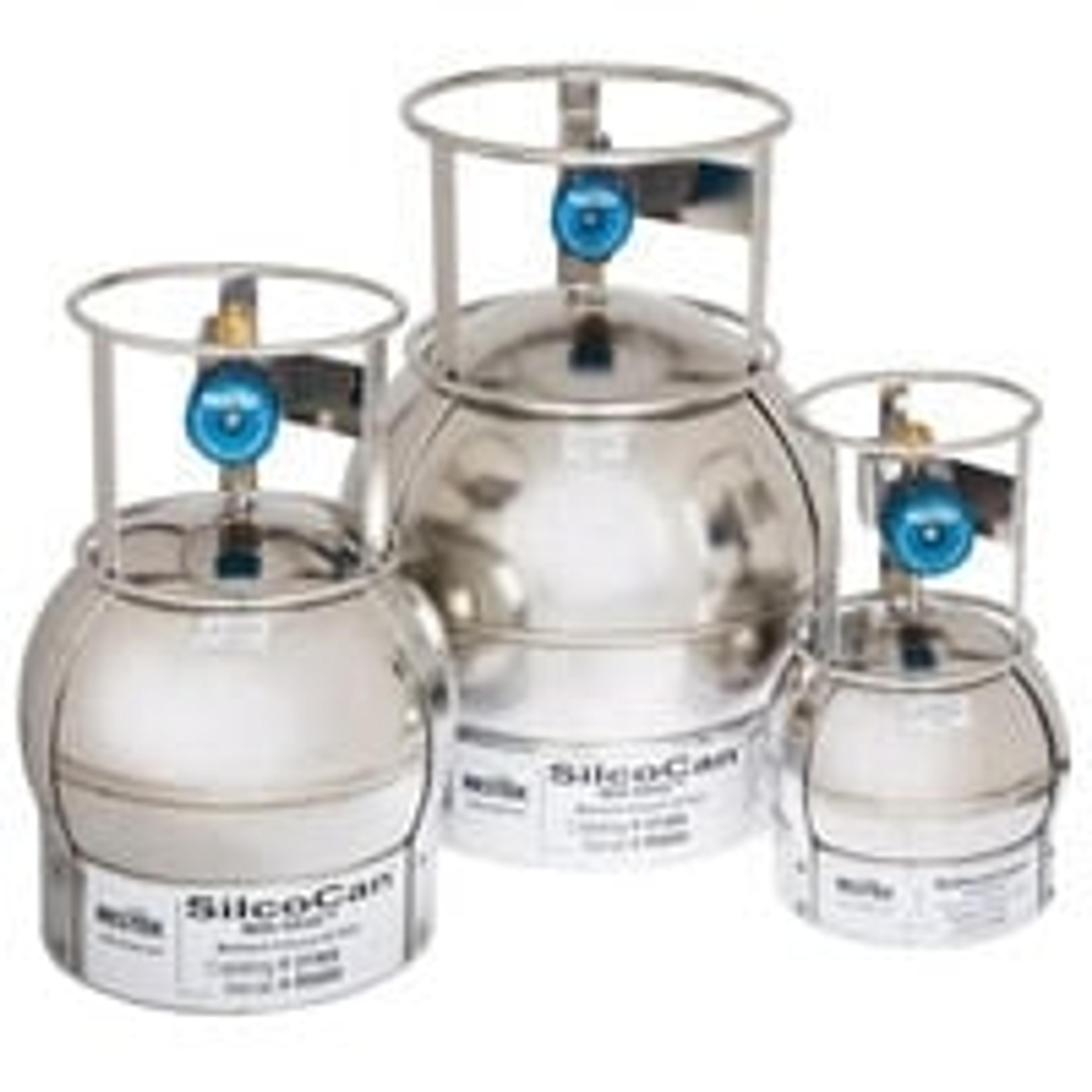Chromatography revolutionizes PFAS analysis and detection
As concerns about PFAS health risks rise, advancements in chromatography are transforming our understanding of these persistent chemicals. Explore how innovative techniques enhance detection and analysis, paving the way for safer environments and better public health.
3 Mar 2025Per- and polyfluoroalkyl substances (PFAS) are a group of synthetic chemicals that have gained significant attention due to their persistence in the environment and their potential to pose serious health risks. These ‘forever chemicals’ are found in everyday items like food packaging, non-stick cookware, and firefighting foams. What makes PFAS particularly concerning is their resistance to degradation, allowing them to persist in both the environment and the human body. This persistence has prompted scientists and regulators to focus on understanding, detecting, and mitigating their effects more effectively.

Mike Chang, Market Development Manager at Restek Corporation
In this effort, chromatographic analysis has emerged as an essential tool for identifying and quantifying PFAS, particularly in critical areas such as drinking water and other environmental samples. Speaking with Mike Chang, Market Development Manager at Restek Corporation, we explore the current state of PFAS analysis using chromatography, consider the challenges, and examine recent developments and potential future directions in this fast-evolving field.
The importance of chromatographic analysis in PFAS detection
Chromatography, particularly liquid chromatography paired with mass spectrometry (LC-MS/MS), is now the go-to technique for PFAS analysis, due to its high sensitivity and specificity. This allows for the detection of PFAS at very low concentrations in complex environmental samples. Additionally, LC-MS/MS can accurately quantify a wide range of PFAS compounds, facilitating effective monitoring and regulatory compliance.
As Chang explains, “targeted analysis is the mainstream of testing PFAS in most cases using liquid chromatography tandem mass spectrometer (LC-MS/MS). Regulatory levels in drinking water are often in parts per trillion (ppt), and modern LC-MS/MS instruments can provide detection levels needed for this.” The ability to detect PFAS at such low levels is vital because even tiny amounts of exposure have been linked to serious health issues, including cancer and increased cholesterol.
However, the persistence that makes PFAS hazardous also complicates their analysis. These chemicals are so widespread that contamination can occur almost anywhere, even within the laboratories conducting the tests. As a result, ensuring a contaminant-free environment poses one of the greatest challenges in PFAS analysis. Every aspect, from lab supplies to the instruments used, must be rigorously controlled. To address this, specialized tools like PFAS delay columns have become standard in many laboratories, helping scientists minimize potential contamination and achieve more accurate results.
Recent developments in PFAS methodology
In recent years, the complexity of PFAS analysis has increased with the discovery of new, often more difficult-to-detect compounds, including short-chain and ultrashort-chain PFAS. These compounds differ from the longer-chain PFAS that were initially the focus of testing. As Chang points out, “new PFAS are found every day, and these newly found PFAS tend to be in the category of short chain or ultrashort chain.” These smaller molecules are more mobile in the environment, and analyzing them presents new challenges.
Techniques to analyze ultrashort-chain PFAS in water samples are constantly evolving. Restek presents an analytical LC-MS/MS method that was developed to specifically quantify C1 to C4 PFAS in both potable and non-potable sources. New tools such as the Raptor™ Polar X phase columns and Ultra IBD columns have also been developed, that allow for better separation and detection of short-chain PFAS. These columns feature a novel hybrid stationary phase that enables the reliable analysis of a wide variety of polar analytes (acidic, basic, and neutral), without the need for time-consuming derivatization or complex ion pairing. These innovations are critical, as traditional chromatographic columns often fall short when it comes to handling the unique chemical properties of these compounds.
Beyond the technology, regulatory bodies are catching up with the science. The US Environmental Protection Agency (EPA) has expanded its Unregulated Contaminant Monitoring Rule (UCMR5) to include more PFAS compounds in drinking water testing, which will help researchers and regulators better understand the scope of contamination. This movement is mirrored across the globe, with countries in the European Union establishing regulatory thresholds for PFAS in both water and food.

Accurate analysis of PFAS is critical due to their persistence in the environment and potential health risks, including cancer and immune system effects. Reliable detection helps ensure regulatory compliance and protects public health ©steklo @123rf.com
Emerging trends and new analytical techniques
As we uncover more PFAS compounds — some estimates suggest there could be over 16,000 in use globally — traditional targeted analysis methods are struggling to keep up. This has driven the development of non-target analysis (NTA) approaches. Unlike targeted methods, NTA does not require pre-defining specific compounds for testing. Instead, it screens samples broadly, allowing scientists to detect unexpected or unknown PFAS. This is increasingly important as new chemicals, not yet part of regulatory frameworks, continue to emerge.
Another innovative approach that is gaining attention is the measurement of adsorbable organic fluorine (AOF) and extractable organic fluorine (EOF), which estimate the total amount of fluorine present in a sample. These techniques offer a way to screen for PFAS contamination without identifying individual compounds. While they are useful, these techniques have their limitations. For instance, AOF and EOF can sometimes detect unrelated fluorinated compounds, such as pharmaceuticals, leading to potential false positives. Additionally, their detection thresholds are generally higher than what is needed for regulatory compliance in drinking water.
The Raptor™ C18 LC Columns combine the speed of superficially porous particles with highly selective USLC® methods, improving peak separation and analysis times without needing expensive UHPLC instrumentation. While many labs use C18 columns, the Raptor™ C18 is notable for its exceptional hydrophobic retention and wide pH compatibility (2–8), making it ideal for diverse applications, including food safety and environmental analysis. It provides consistent data quality and durability, ensuring longer column life and enhanced profitability.
The Total Oxidizable Precursor (TOP) Assay is another promising tool. It helps estimate how much of a precursor compound — one that could eventually degrade into PFAS — might exist in a sample. This is important because these precursors can go undetected in standard testing, only to convert into harmful PFAS later.
Method development, an ongoing challenge in PFAS analysis, has been made easier with tools like Restek’s Pro EZLC Chromatogram Modeler, which helps streamline chromatographic analysis. Additionally, the development of calibration standards, such as Restek’s PFAS CRMs, is speeding up the process of meeting regulatory requirements.
Future directions in PFAS testing
While regulations have traditionally focused on drinking water, it is clear that the scope of PFAS testing is expanding. Scientists are now testing soil, landfill leachate, wastewater, and even air samples for PFAS contamination. PFAS have also been found in food and food packaging, raising concerns about direct human exposure through food.
Air testing for PFAS is a particularly emerging area. Chang notes, “air sample analysis is the next rising topic in PFAS analysis,” with new methods being developed to capture airborne PFAS, especially from industrial emissions. High-quality sampling equipment, like the SilcoCan® Air Sampling Canisters with RAVE™ Valves, ensures reliable collection and storage of even highly reactive compounds, such as volatile organic compounds (VOCs). In addition to the SilcoCan® Air Sampling Canisters with RAVE™ Valves and Ultra-Clean Resin is widely adopted by many testing laboratories after the release of U.S. EPA’s OTM-45 Method, which is for stack emission air sampling.
These canisters are Siltek®-treated to prevent sample adsorption and feature a durable, metal-to-metal seal valve for greater accuracy in PFAS detection. Their superior inertness make them an excellent choice for air sampling in PFAS analysis.
There is no doubt that innovations in both testing technologies and regulatory frameworks will continue to shape the field. Technologies such as electrochemical oxidation, plasma treatment, and photocatalysis offer potential breakthroughs for PFAS destruction. However, many of these are still in the research phase or require large-scale implementation to be cost-effective.
Additionally, as regulators move to ban more types of PFAS, industries may turn to alternative chemicals that mimic PFAS but are not covered by current regulations. However, these alternatives may still pose similar health and environmental risks, making proper testing and regulatory oversight critical.
A comprehensive approach to PFAS testing will be essential moving forward, involving expanded testing across environmental and biological samples, alongside advancements in remediation technologies. Continued progress in chromatographic analysis will play a crucial role in managing the risks posed by these persistent chemicals.





